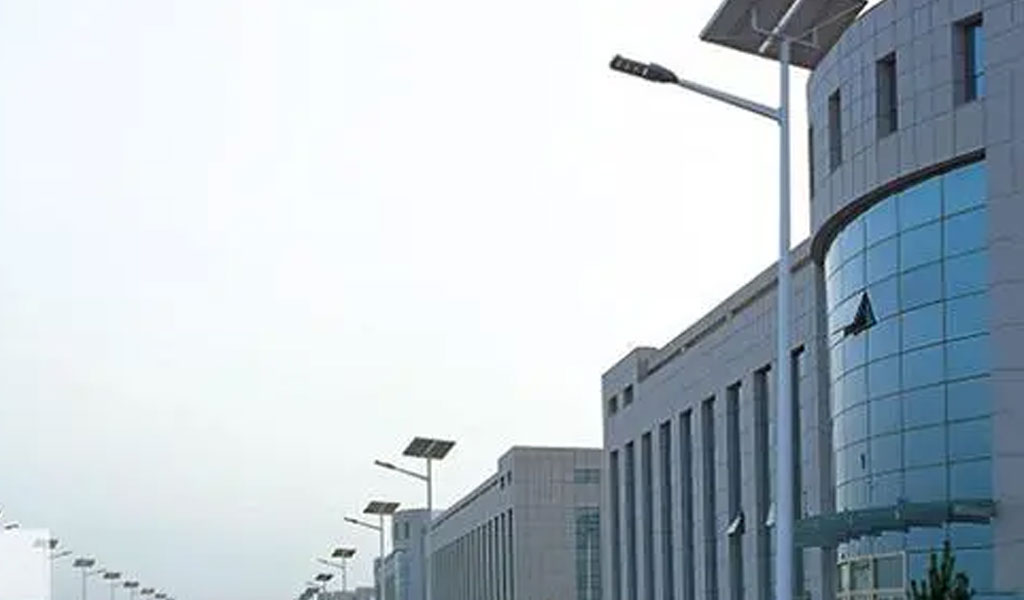On factory roads, the spacing of street lights is very important. To ensure the safety of driving and pedestrians at night, the installation intervals of street lights in the factory area need to be reasonably planned and designed. Generally speaking, how many meters should the spacing between street lights in a factory area be? This has become a hot topic of concern and discussion.
First of all, we need to clarify the role of street lights in the factory area. Street lights can not only provide lighting so that the road has enough light at night, but can also improve the safety level of driving and pedestrians. Therefore, the spacing of street lights needs to be able to fully cover the entire road section to ensure that there are no dark areas. At the same time, the street lights must not be set too densely to avoid wasting resources.
From the perspective of safety and energy saving, generally speaking, the distance between street lights in factory areas is about 30 meters to 50 meters. Such a setting can not only ensure adequate lighting of the road, making it safer for pedestrians and vehicles to travel at night, but also save energy and resources, achieving the dual purposes of safety and energy saving.
Of course, the spacing of street lights in the factory area also needs to be reasonably adjusted according to specific road conditions. In complex intersections and densely populated areas, the intervals can be appropriately shortened to increase lighting coverage; while in relatively open road sections, the intervals can be appropriately increased to save energy. Therefore, the spacing of street lights in the factory area is not static and needs to be scientifically adjusted according to the actual situation.
To sum up, the spacing of street lights in factory areas is generally between 30 meters and 50 meters, which is more suitable. At the same time, it also needs to be reasonably adjusted according to the actual situation to achieve the dual purposes of safety and energy saving. It is hoped that in the future, more attention will be paid to this issue in the design and planning of factory street lights, and truly scientific, reasonable, and energy-saving street light settings will be achieved to provide better guarantee for the safety and comfortable traffic of factory roads.
